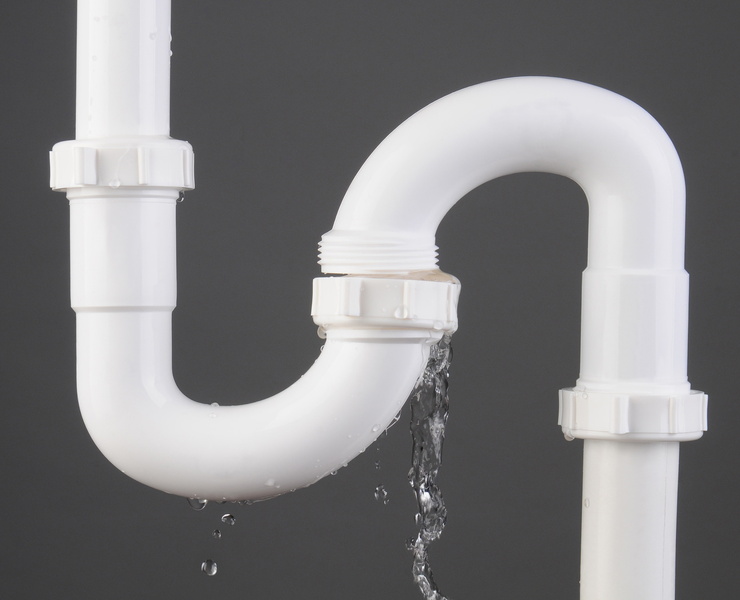6 Ways to Discover Concealed Water Leakages in Your Home
6 Ways to Discover Concealed Water Leakages in Your Home
Blog Article
We have come across the article relating to Finding hidden leaks down the page on the internet and thought it made good sense to share it with you on this page.

The minute you discover a leakage, calling your plumber for repairs is the very best option. Some little water leakages might not be visible. Right here are some hacks that help if you can not spot it with your naked eyes.
Early discovery of leaking water lines can alleviate a prospective catastrophe. Apart from saving you cash, it will decrease the worry as well as stress.
Check Water Consumption
Evaluate your water expenses as well as track your water consumption. As the one paying it, you must observe if there are any type of disparities. If you find sudden changes, regardless of your usage coinciding, it indicates that you have leaks in your plumbing system. Bear in mind, your water costs ought to drop under the exact same range on a monthly basis. A sudden spike in your costs shows a fast-moving leak.
A steady increase every month, also with the very same practices, shows you have a slow-moving leak that's likewise gradually intensifying. Call a plumber to completely examine your residential or commercial property, especially if you really feel a cozy location on your flooring with piping below.
Examine as well as Analyze the Situation
House owners ought to make it a practice to examine under the sink counters and also inside cabinets for any bad odor or mold development. These two red flags indicate a leakage so timely interest is needed. Doing regular assessments, also bi-annually, can save you from a significant issue.
Examine the Water Meter
Every residence has a water meter. Inspecting it is a guaranteed manner in which helps you find leaks. For starters, shut off all the water resources. Make certain no person will flush, utilize the tap, shower, run the washing machine or dishwasher. From there, go to the meter as well as watch if it will alter. Considering that nobody is using it, there ought to be no activities. That suggests a fast-moving leak if it moves. Furthermore, if you discover no changes, wait an hour or more and also inspect back once more. This indicates you might have a slow-moving leak that can also be underground.
Asses Outside Lines
Do not neglect to check your exterior water lines too. Needs to water permeate out of the link, you have a loosened rubber gasket. One small leakage can lose tons of water and surge your water costs.
Do a Food Coloring Examination
When it concerns water consumption, 30% comes from toilets. Test to see if they are running effectively. Decrease specks of food shade in the storage tank and wait 10 minutes. If the shade in some way infiltrates your bowl during that time without flushing, there's a leakage between the tank and also dish.
Extra notably, if you understand your home is currently old, keep a watchful eye on your heaters, tubes, pipes etc. Look for discolorations as well as compromising as many pipelines as well as appliances have a life span. They will certainly likewise naturally deteriorate because of tear and also wear. If you think dripping water lines in your plumbing system, don't wait on it to intensify. Call an expert plumber right away so you do not end up with an awful mess in your house.
The moment you discover a leak, calling your plumber for repairs is the ideal solution. Some small water leakages might not be visible. Inspecting it is a guaranteed means that aids you find leakages. One tiny leakage can waste bunches of water and also increase your water expense.
If you think dripping water lines in your plumbing system, do not wait for it to rise.
The Dangers of Undetected Water Leaks
Mold
One of the most common results of undetected water leaks in your home is mold. Under the right conditions, mold can begin to grow and spread in just a day or two.
Moisture from water leaks combined with humidity and lack of ventilation allow mold spores to germinate and start spreading.
And while household mold doesn’t carry the same health risks as substances like asbestos, they can cause allergic reactions in people sensitive to them or with asthma.
Structural Damage
When water leaks occur in places we can’t see — above the ceiling, behind walls or beneath floors — they often have time to do some serious damage before making themselves known.
You might notice cracks or bubbles appear in your walls or a slow drip or water from the ceiling.
These are signs of water leaks and buildups in the structure of your home. If you don’t jump on these problems soon enough, the wood frame that supports your house could start rotting, leading to costly repairs and increasing the risk of disasters like ceiling or wall collapses.
Water Waste
According to the Alliance for Water Efficiency, the average home can lose anywhere from 2,000 to 20,000 gallons of water per year due to leaks.
High numbers like that might make you imagine a burst pipe spewing out water. But believe it or not, even a small, constant drip from a kitchen sink could add up to over a thousand gallons of wasted water in a single year.
And if you live in a place where you pay for every gallon of water you use, that adds up to a lot of dollars down the drain. So we understand leaks are bad. Let’s take a look at some of the common (and not-so- common) water leaks you might find around your home.
Flush Valve Flapper
The flush valve flapper is a rubber flap that sits above the flush valve at the bottom of the tank. It’s attached to the flusher with a chain. Over time, it can get worn out and lose its seal, causing an endless flow of water into the toilet bowl.
These leaks are hard to detect since they’re usually silent, but there’s a little insider trick you can use with just a little dye or food coloring:
Put a few drops in the toilet tank. Check the water in your toilet bowl 15 minutes later. If any of the color made it into the toilet bowl, you’ll know what the culprit is.
Fill Valve
The fill valve is what replenishes your toilet’s tank water after you flush. If you’ve ever looked inside your toilet tank and seen water gushing out of an upright plastic valve, that’s a faulty fill valve.
https://meetflo.com/blogs/flo/how-to-find-and-repair-water-leaks-a-comprehensive-guide

I came across that blog posting on Finding hidden leaks while surfing around the internet. Please set aside a second to promote this blog post if you liked it. We love reading our article about Locating water leaks.
Report this page